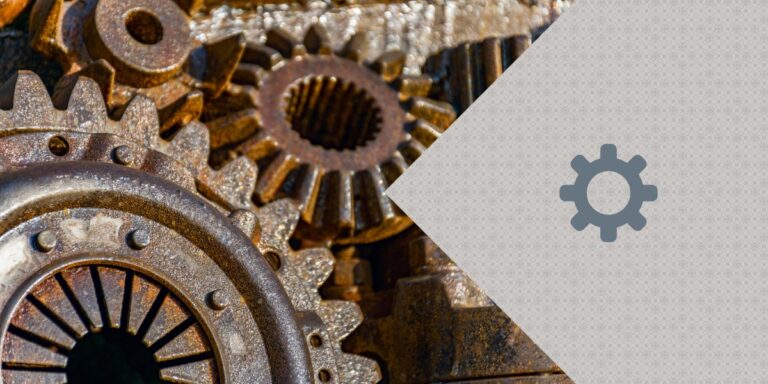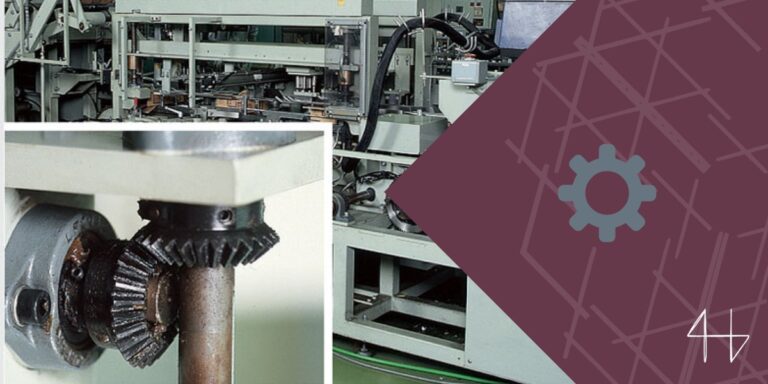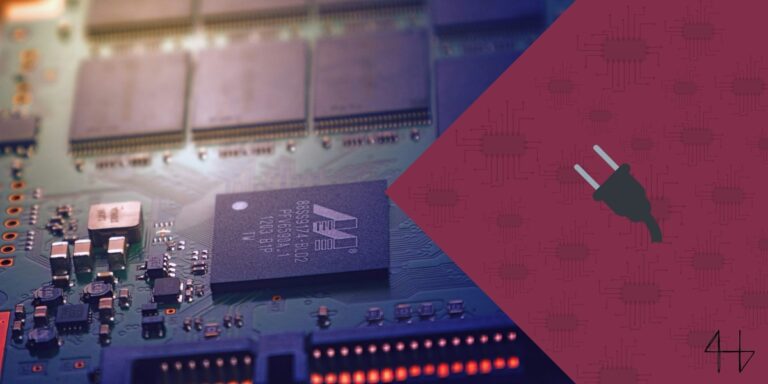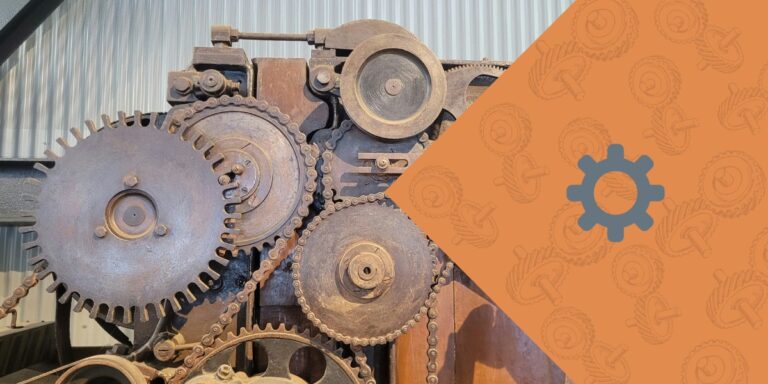Gear rack or rack and pinion are super useful. Converting rotational motion to linear motion has been so useful in just about every industry.
Whether you’re an engineer, a technician, or just curious about how these systems work, you need to get a handle on gear racks.
So how do gear racks really work and why are they so important in mechanical design?
What is a gear rack?
A gear rack is a mechanical component that converts rotary motion to linear motion. It’s a long-toothed bar that mates with a pinion gear.
When the pinion (usually a spur gear) rotates the gear rack moves in a straight line, this simple yet effective mechanism is used in many applications from industrial machinery to automotive steering systems.
Companies like Boston Gear make gear racks in various shapes such as square, round, or rectangular with the teeth parallel to the base or at an angle for helical designs.
This versatility makes gear racks essential for precise linear movement in many engineering solutions.
How gear racks work
The working principle of gear racks is simple but effective.
When the pinion gear rotates its teeth mesh with the teeth on the rack and the rack moves linearly. This linear motion is directly proportional to the circumference of the pinion’s pitch circle.
In applications where a longer length than a single gear rack is required multiple racks can be joined together.
These racks often have tapping mounting holes to secure them in place.
For shorter applications gear racks are also available in specific lengths to give design and functionality flexibility. If the rack is fixed and the pinion is rotated the pinion itself will travel along the length of the rack and give a reliable solution for converting rotary motion to precise linear movement.
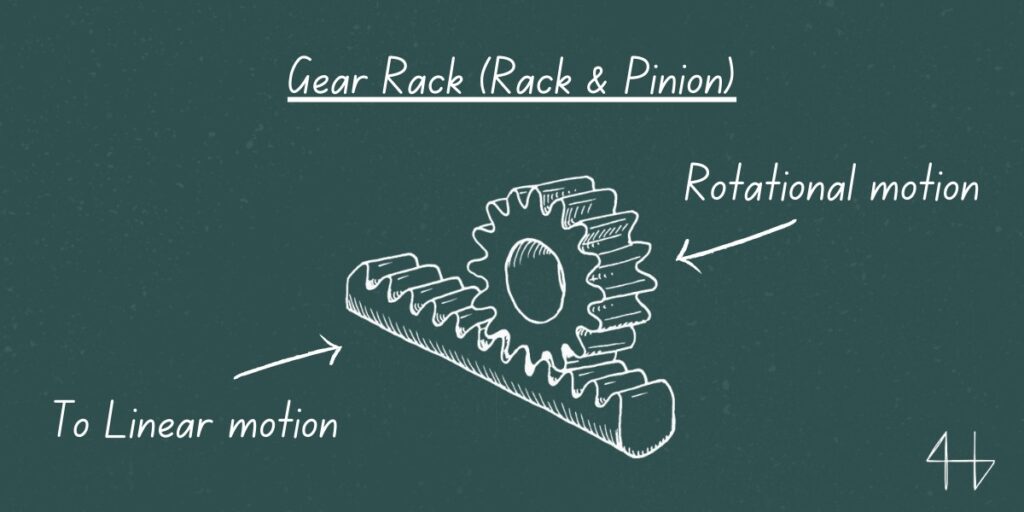
How do you recognize a gear rack?
Recognizing a gear rack is easy if you know what to look for.
Start by looking for a straight linear bar with teeth cut along one face – this is the most obvious feature. These teeth are designed to mesh with a pinion gear so the gear rack can convert rotary motion to linear motion. Check the cross-section of the bar which could be rectangular, square, or round.
Also, the teeth on the gear rack could be straight (spur) or angled (helical) depending on the application. These characteristics make it easy to identify a gear rack from other mechanical components.
Gear rack vs ball screw
When comparing gear racks to ball screws you need to understand how each converts rotary motion to linear motion and where they excel.
Ball screws use a threaded shaft and a matching nut with ball bearings inside, they offer high precision and repeatability with minimal backlash. This makes them ideal for applications that require tight accuracy.
Gear racks on the other hand use a toothed bar and pinion gear with teeth that can be straight (spur) or angled (helical).
While gear racks may not match the precision of ball screws they offer higher load capacity and stiffness so they are better suited for handling large forces and long stroke lengths. So if your application requires high precision and low backlash a ball screw is the way to go.
But if your project requires durability and can handle big loads over long distances a gear rack is often the better choice.
When to use the gear rack
Gear racks are your solution when you need linear motion in your mechanical systems.
They are used in automotive steering systems where the rack and pinion setup gives precise and responsive control. In manufacturing CNC machines and other equipment use gear racks to give smooth and exact movement during operation.
You will also find them in elevators and escalators where they give safe and reliable vertical or horizontal travel.
Heavy machinery like cranes and forklifts use gear racks for powerful and controlled movement under load. Even in stage productions gear racks are used to move scenery and props smoothly, to give a seamless performance.
Whenever linear precision is required gear racks are the answer.
The manufacturing process of gear rack
The manufacturing process of a gear rack involves several precise steps to ensure accuracy and durability. First hobbing is used to cut the teeth along the length of the rack.
A special milling cutter called a hob shapes the teeth into the desired profile. For higher precision applications shaping is used where a shaper cutter carefully crafts the teeth resulting in a more accurate tooth profile.
After the initial cutting grinding is done to improve the surface finish and to meet the tight tolerances.
Depending on the application gear racks can be made from various materials like steel, brass, bronze, or plastic. To further enhance the strength and durability heat treatment is often applied.
This precise manufacturing process ensures that gear racks are reliable components for converting rotary motion to linear motion across many industries.
Types of Gear Racks
When it comes to gear racks knowing the types is key to choosing the right one for your application.
Spur gear racks are the most common they give straight linear motion as they mesh with spur gears to convert rotary motion to linear movement. They are ideal for applications that require simplicity and efficiency.
Bevel gear racks are designed to work with bevel gears they give motion at an angle usually 90 degrees.
This makes them perfect for systems where direction change is required. Helical gear racks have angled teeth that give smoother and quieter operation than spur gear racks.
This makes them ideal for high-speed or high-torque applications where noise reduction is important.
Each type of gear rack serves a purpose so it’s important to choose the right one for your project.
Applications of gear rack
Gear racks are used in many mechanical systems to convert rotary motion to linear motion and vice versa. They are key components in many industries.
From precise automation in manufacturing to smooth steering in vehicles they are versatile.
Knowing their applications will help you understand their importance and utilize them in your projects. Here are some of the areas where gear racks are used:
Lifting mechanisms (Forklifts & cranes)
In lifting mechanisms like cranes and forklifts gear racks are used to ensure accurate movement.
By converting rotary motion to precise vertical and horizontal movement gear racks manage heavy loads with high precision. In cranes, they are used to control the lifting and lowering of loads smoothly, and in forklifts, they enable the elevation of materials.
This accuracy is important for both safety and efficiency in heavy machinery.
Gear racks provide the support to handle big weights while maintaining stability and control.
Car seat adjustment
Gear racks are used to adjust car seats smoothly and precisely so drivers and passengers can find their perfect seating position.
Converting the rotary motion of a motor or handle to linear motion gear racks allows for easy adjustment along the seat track. This mechanism is important for a comfortable and ergonomic seating arrangement that is safe and comfortable to drive.
The reliability and precision of gear racks in this application show how important they are in modern vehicle design.
Garage door openers and electric gates
Gear racks are used in garage door opening mechanisms.
They convert the rotary motion of the motor to the linear motion needed to move the door up and down. As the motor turns the gears the gear rack attached to the door moves along its track opening or closing the door.
This setup ensures reliable and consistent operation. Gear racks are essential for modern garage door systems to function efficiently.

Advantages and Disadvantages of Gear Rack
Knowing the pros and cons of using gears in mechanical systems will help you in your design decisions. Gears are basic components used in both linear and rotary motion.
They have many benefits like precise motion control and efficiency but also have some drawbacks. To make informed decisions for your projects you need to weigh these pros and cons.
Here are the key benefits and challenges of gears.
Advantages
Disadvantages
Limitations of a gear rack
Knowing the limitations of a gear rack is important for effective design and implementation.
One major constraint is length: gear racks can only be manufactured up to the maximum size of the milling machine, usually 3 meters.
For longer racks, multiple segments must be joined which can create alignment issues.
Alignment and straightness can be a problem; natural deviations from the ideal plane due to manufacturing process or material properties may require post-production straightening and grinding which can affect the accuracy.
Gear racks also have speed limitations; they can handle high speeds but often fall short in applications that need extremely high-speed operation where timing belts might be better.
Lastly, structural integrity can be compromised when mounting holes are not designed properly. Holes placed too close to the tooth roots can cause premature failure.
Conclusion
In summary gear racks are essential components to convert rotary motion to linear motion but they have their own set of problems.
From length constraints and alignment issues to speed limitations and structural weaknesses it’s important to know these to ensure optimal performance and reliability.
Knowing these limitations you can design and select gear racks that suit your needs and hence the efficiency and life of your mechanical systems.
FAQs

What is a gear rack?
A gear rack is a component used in mechanical systems to convert rotary motion into linear motion.
It’s a straight bar with gear teeth on one side called a gear rack that engages with pinion gear. As the pinion rotates its teeth mesh with the gear rack and the rack moves in a straight line.
This is used in many applications like steering systems in vehicles and automated machinery where precise linear motion is required.
The term “gear rack” often refers to the entire system where the rack and pinion work together to transmit the motion.
What are the types of rack and pinion?
Rack and pinion systems come in three types: straight-cut, helical, and beveled.
Straight-cut racks are simple and cost-effective, helical racks are smoother and quieter, and beveled racks are used for changing the direction of motion between perpendicular shafts.
Is a rack and pinion system the same as a gear assembly?
No, a rack and pinion system is a type of gear assembly to convert rotary motion into linear motion.
Gear assemblies are a broader range of components including various types and configurations of gears for different mechanical functions.

